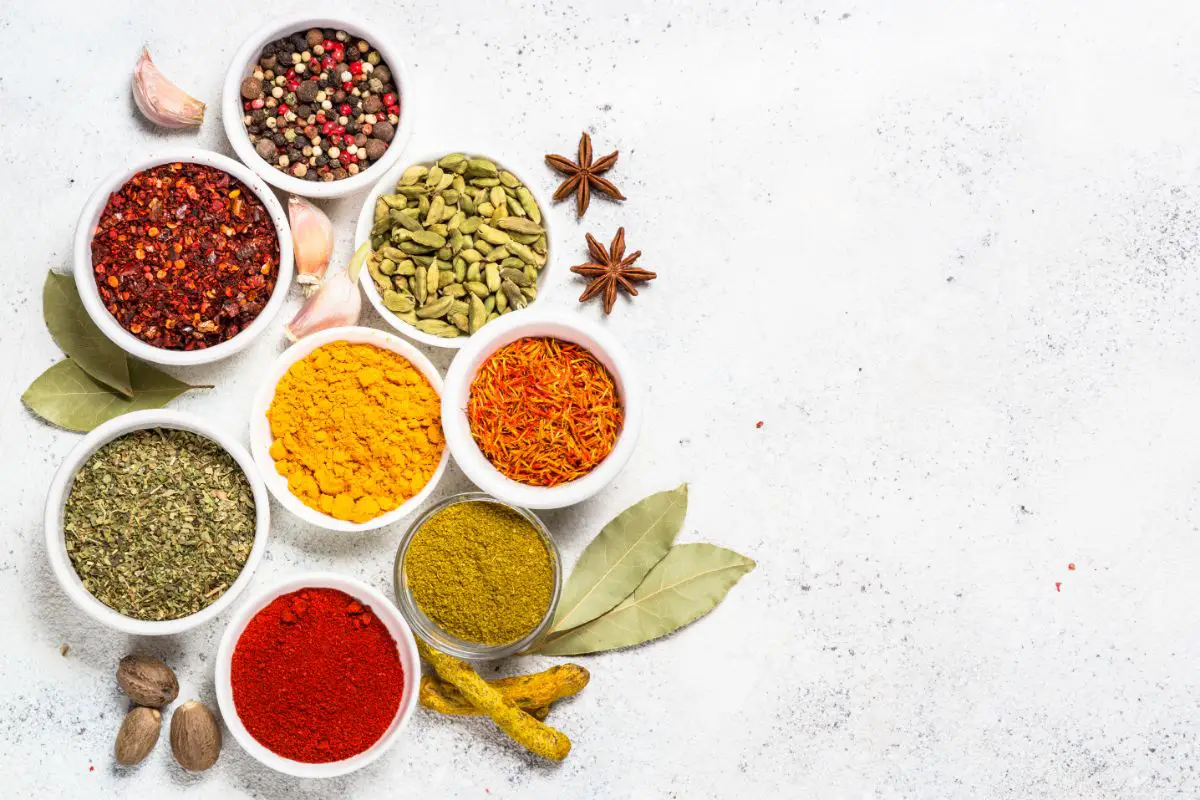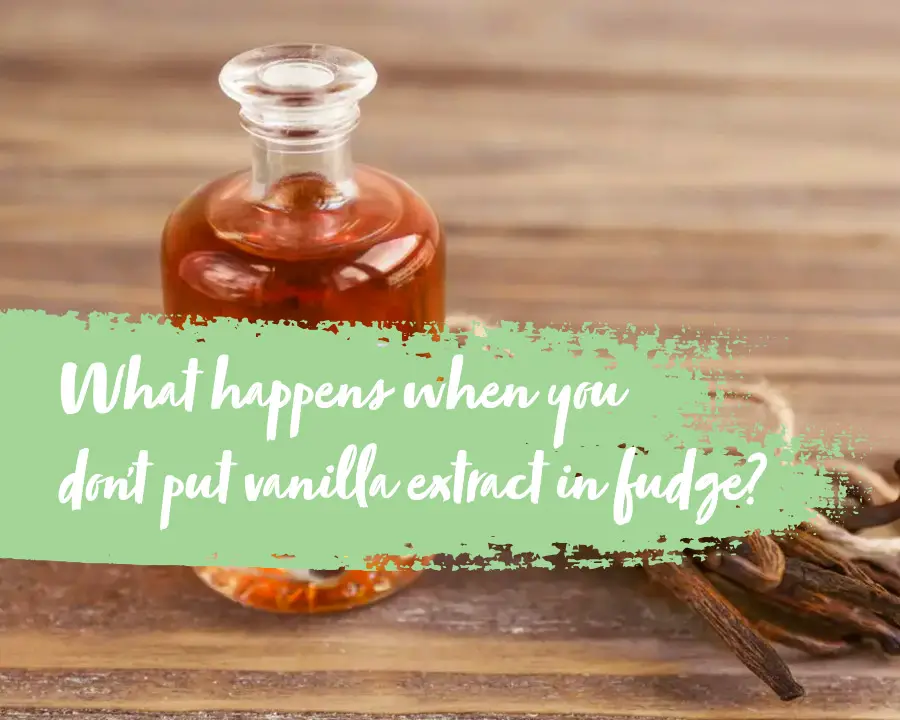There is no doubt that fudge is a firm favorite dessert for many people – offering a sweet treat that reminds us of childhood, vacations, and more importantly, home cooking.
However, there are ways and means to make this tasty confectionary, and if the ingredients are not followed, then changes could occur.
One common ingredient is vanilla extract, but what happens if this is not included in the recipe, and what does it taste like without it?
How Does Fudge Taste Without Vanilla Extract?
Vanilla extract might be a common ingredient in fudge making, but there are many reasons why it might not be included – such as forgetfulness, limited grocery store selections, and personal preferences. Not to mention the cost of vanilla extract, this flavoring can be premium, especially when it comes to choosing an extract. But what exactly does it taste like without vanilla extract?
What To Remember
The first thing to remember is that, if you have not added vanilla extract (for whatever reason), then this should not unduly affect the taste of your fudge – other than the fact that it will not taste like vanilla.
Many recipes out there do not include vanilla – as after all fudge is a versatile dessert that comes in numerous flavors and styles – and as such, the act of simply not adding fudge does not render the dish ruined.
What Does Vanilla Extract Taste Like?
It is also important to remember that vanilla extract does not actually taste sweet on its own – and in fact it only has the signature taste when it is combined with other sweet ingredients like sugar and cocoa.
In actual fact, vanilla extract on its own tastes somewhat bitter and unappealing – which just goes to show that it is by no means doing any heavy lifting in fudge recipes, and that it is actually the other sweet ingredients that give it its signature flavor.
Why Is Vanilla Extract Used In Fudge Making?
As mentioned above, not adding vanilla extract to your fudge will not affect the taste unduly.
But this begs the question: why is vanilla extract even used in fudge making, and what does it actually bring to the table flavor-wise?
One of the main reasons that vanilla is used within fudge making – as well as numerous other desserts and dishes – is that it naturally enhances the sweetness that is already present, and adds a subtle element into the mix that makes a dish both delicate tasting and fragrant.
Especially in desserts like chocolate cake – where the ingredients are perhaps more complexly combined – it helps to bring out the existing flavors of the other ingredients, ones that could otherwise be lost amongst competing flavors.
This does mean that vanilla plays an important role in some dishes, but it is also important to remember that it is by no means a necessity.
Are There Any Substitutes For Vanilla Extract?
It is also important to remember that vanilla is just one spice out of many, and there are numerous other options you could opt for when creating your favorite desserts and dishes.
What’s more, there are also other ingredients and spices that do the same job – enhancing the existing flavors and making them more delicious and moreish.
But what are some of the best substitutes for vanilla extract?
Vanilla Beans
This is the DIY approach to getting that vanilla taste in your baking, and can actually be somewhat cheaper than using extract.
To get the suitable vanilla taste, you can soak the vanilla beans in water and alcohol for a short period of time, and this effectively recreates the same flavor as extract.
However, it is worth acknowledging that this can be time consuming and more effort than it is worth.
As such, if you want vanilla flavoring, and have access to well stocked grocery stores, then just go for vanilla extract.
Flavored Extracts
Vanilla extract is also not the only flavoring you can choose from, and there are numerous others you could use to enhance and complement your existing dish.
Some examples include orange, lemon, peppermint, and coffee.
However, the most commonly used substitute for vanilla extract is almond extract, which is used commonly in baking to help enhance existing sweetness.
Herbs & Spices
Another option is to use fresh herbs and spices.

These are generally cheaper, less processed, and easier to come by than vanilla extract, and allow you to more effectively bake to your own flavor preferences.
Fruit Zest
For a fresher, fruity taste, then you could always add fruit zest into your fudge.
This means something like orange or lemon peel, or likewise the zest of other seasonal fruits that can be used to accentuate and enhance the natural sweetness of the fudge.
Honey/Syrup
Of course, honey and maple syrup have long been used in baking, and these can be great ways to enhance the natural sweetness, add a little complexity to the flavor, and all-round improve the taste of your fudge.
Just remember that less is definitely more, and that the inclusion of these ingredients will drastically increase the sugar content if you are not careful.
Alcohol
Certain liquors and alcoholic spirits can also be used in baking to enhance flavor, and to create a subtle facet to the flavor palette of the dish.
Some notable choices include brandy, rum, and bourbon whiskey.
We’ve got some great alcohol-flavored fudge recipes here at Call Me Fudge, including Rum and Raisin fudge to lift your spirits and Whisky fudge!
Final Thoughts
And there we have it, everything you need to know about fudge, and the role that vanilla extract plays in its creation.
It’s true that fudge is a firm favorite for many people, offering a delicious sweet treat and a little gooey goodness to everyday life.
However, without the proper recipes and understanding, this dream can soon become a nightmare.
So if you want to know what fudge tastes like without vanilla extract – or you wish to know some alternatives – then be sure to follow this handy guide.
Something tells me you won’t be disappointed!
Want to explore the different fudge flavor combinations, check out our recipes:
- Nespresso chocolate fudge inspired flavored fudge
- Chocolate and Biscoff flavored fudge
- Peppermint fudge


